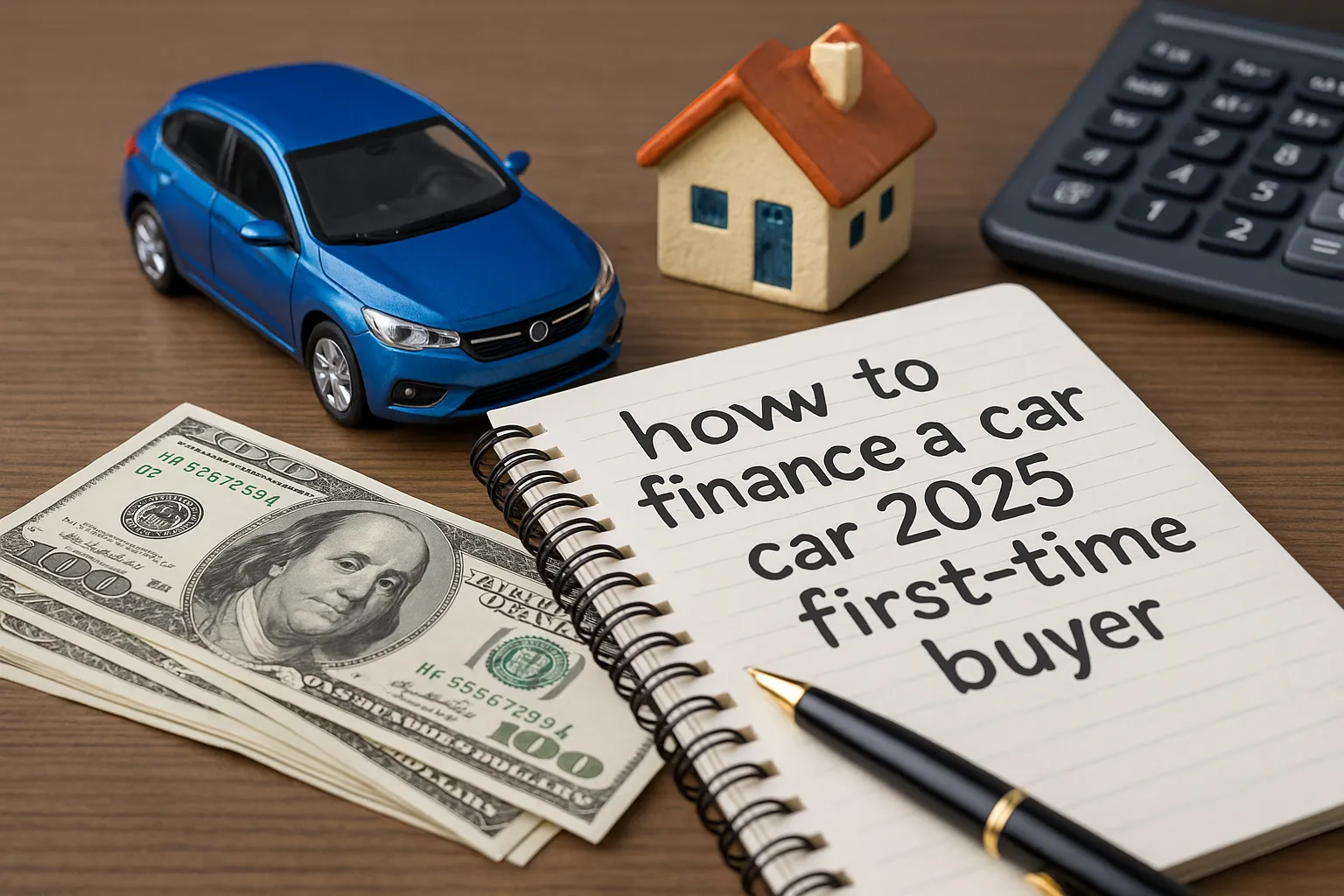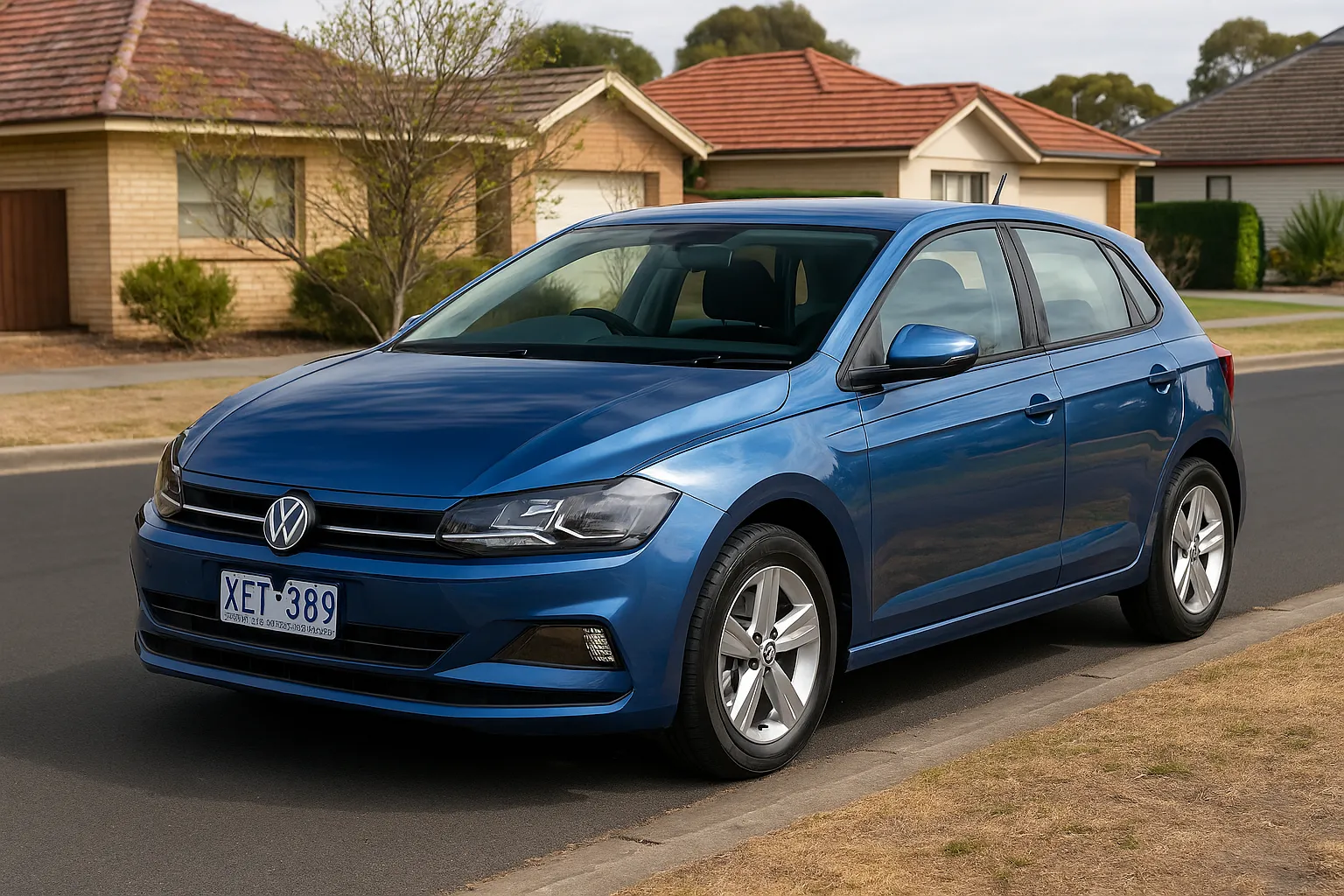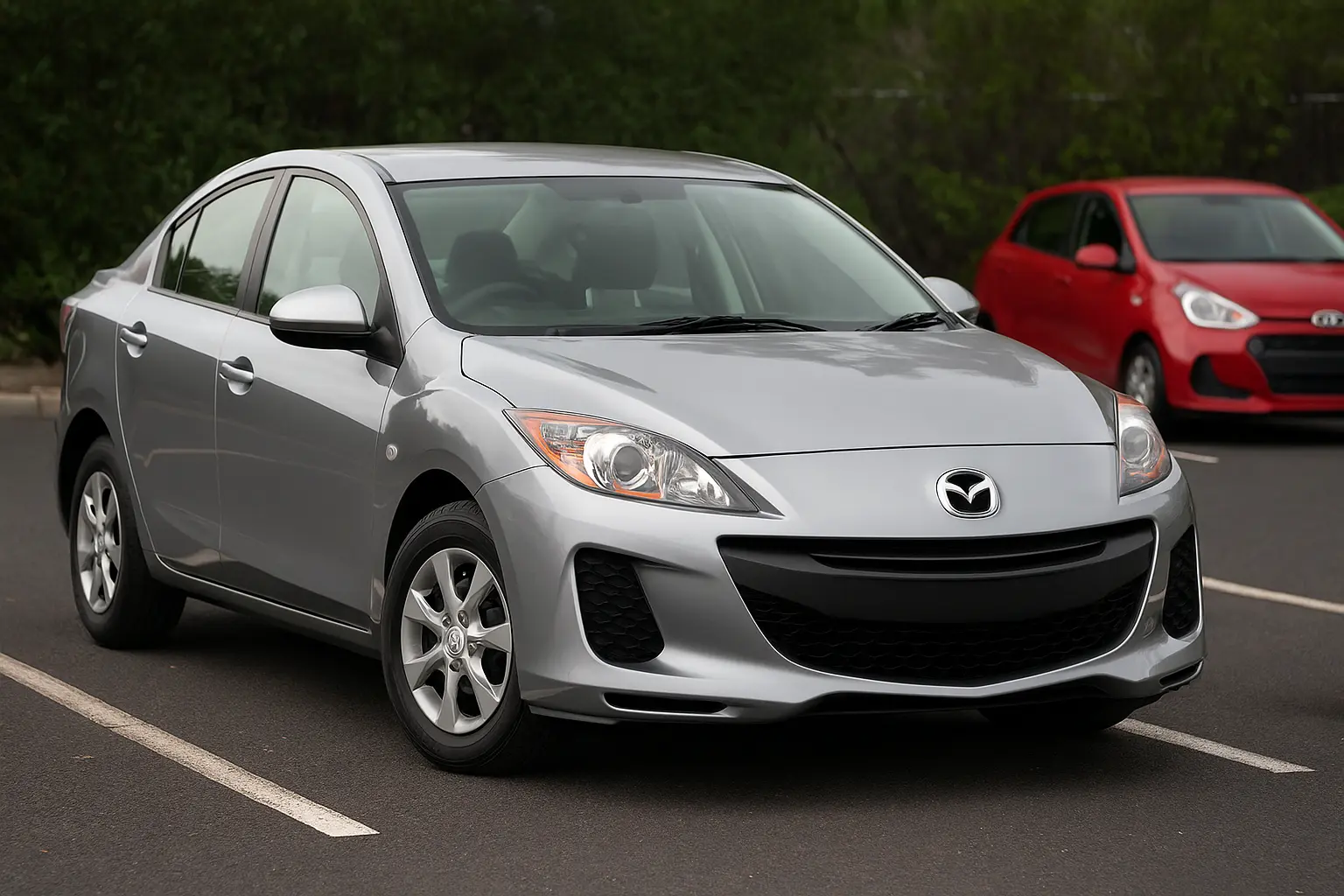Introduction
Buying your first car is exciting, but it’s also a major financial step. In 2025, the car financing landscape in Australia is more dynamic than ever. With new financing products, low-interest online lenders, and even Buy Now Pay Later options entering the market, it can be overwhelming to decide what’s best for your situation.
This comprehensive guide breaks down everything you need to know—from the basics of how car finance works to the advanced strategies for locking in the best deal.

Why Car Finance Matters in 2025
The average cost of a new car in Australia now sits around $50,000. With rising living expenses and tighter credit regulations, most Aussies—especially first-time buyers—need finance to drive away in their dream car. Car finance lets you:
- Spread payments over time
- Access newer, safer, and more fuel-efficient vehicles
- Improve your credit history
- Keep your savings intact for emergencies
But not all car finance is created equal. Picking the wrong deal could cost you thousands in extra fees or lock you into an unmanageable repayment plan.
Step-by-Step Guide to Financing Your First Car
Here’s a roadmap to follow:
- Set a realistic budget – Consider loan repayments, fuel, rego, insurance, and maintenance.
- Check your credit score – Use tools like CreditSavvy or Equifax.
- Decide on a vehicle type – New, used, SUV, hatchback, EV?
- Compare finance options – Don’t rely only on dealer finance.
- Get pre-approved – Strengthens negotiation power.
- Shop smart – Use online tools, inspect used cars thoroughly.
- Close the deal – Understand terms, sign documents, and drive away!
Types of Car Finance in Australia
Car Loans
These are the most popular. You borrow a fixed amount, repay over 1–7 years with interest. The vehicle is usually held as security.
Pros: Competitive rates, flexible terms
Cons: Requires good credit, can come with setup fees
Dealer Finance
Convenient but often higher interest. Some come with balloon payments at the end of the term.
Watch out: Don’t fall for 0% interest deals without reading the fine print.
Novated Lease
Ideal if you're employed full-time and your employer offers it. It bundles lease repayments with your salary (pre-tax).
Best for: Professionals with stable income.
Personal Loans
Unsecured loans can work if your credit is strong but expect higher interest rates.
Buy Now, Pay Later
Emerging option for short-term vehicle purchases, especially for used cars or down payments. Not always ideal for long-term commitments.
Choosing Between New vs Used Car Finance
| Criteria | New Car | Used Car |
|---|---|---|
| Interest Rates | Lower | Slightly higher |
| Loan Terms | Longer | Shorter |
| Upfront Cost | Higher | Lower |
| Warranty | Full coverage | May be limited or expired |
For first-time buyers, used cars often offer better value, especially under $30K, but always get a mechanical inspection and PPSR check.
Understanding Interest Rates in 2025
With inflation stabilising, the Reserve Bank of Australia has kept rates between 4.0–4.5%. Most car loan interest rates in 2025 fall between:
- Secured Loans: 5.5% – 8.9%
- Unsecured Loans: 8.0% – 14.5%
- Dealer Finance (0% Offers): May hide higher car prices or fees
What Lenders Look For in First-Time Buyers
Lenders assess your:
- Credit history
- Income & employment stability
- Savings history
- Existing debts
- Loan-to-value ratio (LVR)
Tip: A higher deposit and consistent job history will significantly boost your chances.
Pre-Approval vs Conditional Approval
- Pre-Approval: A lender gives you a spending limit based on your profile—valid for ~30–60 days.
- Conditional Approval: Dependent on documentation checks or vehicle type.
Getting either before shopping boosts your credibility with dealers.
Deposit – How Much Should You Pay Upfront?
While 0% deposit offers exist, a 10–20% deposit reduces your loan size and interest. It also improves approval chances.
Example: On a $30,000 car, a $6,000 deposit can save you up to $2,000 in interest over 5 years.
Loan Term: What’s Ideal?
- Short-Term (1–3 years): Higher repayments, less interest
- Medium-Term (4–5 years): Balanced
- Long-Term (6–7 years): Lower monthly cost, more interest overall
Avoid overextending—match loan length to vehicle’s useful life.
Balloon Payments – Are They Worth It?
A balloon or residual payment is a lump sum due at the end of the loan.
Pros: Lower monthly repayments
Cons: Big financial commitment later
Only recommended if you plan to upgrade or refinance the vehicle before term-end.
Car Loan Fees to Watch Out For
- Application/setup fees
- Early exit fees
- Monthly account keeping fees
- Late payment penalties
- Dealer add-on charges
Always ask for a comparison rate, which includes fees + interest.
Tips for Getting the Best Finance Deal
- Use loan comparison websites like Canstar, Finder, RateCity
- Negotiate with banks—don’t settle on first offer
- Consider car brokers who secure pre-negotiated rates
- Read all terms—don’t be blinded by "low monthly repayment" advertising
- Bundle insurance for possible discounts
Mistakes First-Time Buyers Should Avoid
- Not budgeting for ongoing car expenses
- Choosing the longest loan term possible
- Skipping credit report checks
- Accepting dealer finance without comparison
- Ignoring fine print in 0% finance offers
Credit Score & Its Impact
A higher credit score = lower interest rate.
| Credit Score Range | Impact on Loan |
|---|---|
| 800+ | Best rates |
| 600–799 | Standard rates |
| Below 600 | May need guarantor or pay high interest |
Financing Through Banks vs Online Lenders
| Criteria | Banks | Online Lenders |
|---|---|---|
| Interest Rates | Moderate | Often lower |
| Approval Speed | Slower | Faster |
| Trust | Long-standing | Varies by provider |
Online lenders like Plenti, Now Finance, and Wisr are gaining popularity for car loans in 2025.
Should You Consider 0% Finance Offers?
These sound tempting but often come with:
- Higher vehicle prices
- Limited negotiation power
- Shorter loan terms
- Required balloon payment
They work best when paired with dealer discounts or trade-ins.
The Role of a Guarantor in Car Loans
Young Aussies with no credit may need a parent or relative as a guarantor.
Important: The guarantor becomes liable if you default—so only go down this route if you’re confident in repayments.
Documents You Need to Apply
Prepare:
- Proof of identity (driver's licence/passport)
- Proof of income (payslips, tax returns)
- Employment details
- Proof of address
- Credit history report
- Vehicle details (if pre-selected)
Government Grants & Incentives in 2025
If buying an electric or hybrid car:
- NSW: Up to $3,000 rebate (capped supply)
- QLD: Stamp duty waivers
- ACT: Interest-free EV loans
These can lower your finance needs substantially.
Insurance Bundles with Car Loans
Some lenders offer discounted comprehensive insurance if bundled with your loan.
Check whether:
- The insurance can be cancelled anytime
- The cost is fair compared to market value
Budgeting: How Much Can You Really Afford?
Use the 20/4/10 rule:
- 20% down payment
- 4-year term
- Monthly payment = <10% of monthly income
Also factor in:
- Fuel
- Registration
- Servicing
- Tyres & maintenance
- Insurance
FAQs About Car Finance in 2025
Q: Can I finance a car on Centrelink income?
Yes, some lenders accept it, but options are limited.
Q: Is leasing better than buying?
Leasing suits those who upgrade often, but buying is better for long-term value.
Q: Can I refinance later?
Yes. Once your credit improves or rates drop, refinancing can reduce monthly repayments.
Final Tips for Smart Financing
- Shop finance before the car
- Know your credit health
- Never rush into signing
- Ask questions
- Get everything in writing
- Review the comparison rate, not just interest
Conclusion
Car finance in 2025 doesn’t have to be intimidating—especially if you approach it with research, patience, and a clear budget. As a first-time buyer, you’re in a strong position to learn, negotiate, and avoid common pitfalls. Take your time, understand every term, and you’ll be driving away with both confidence and control over your money.
Leave a comment
Your email address will not be published. Required fields are marked *




















